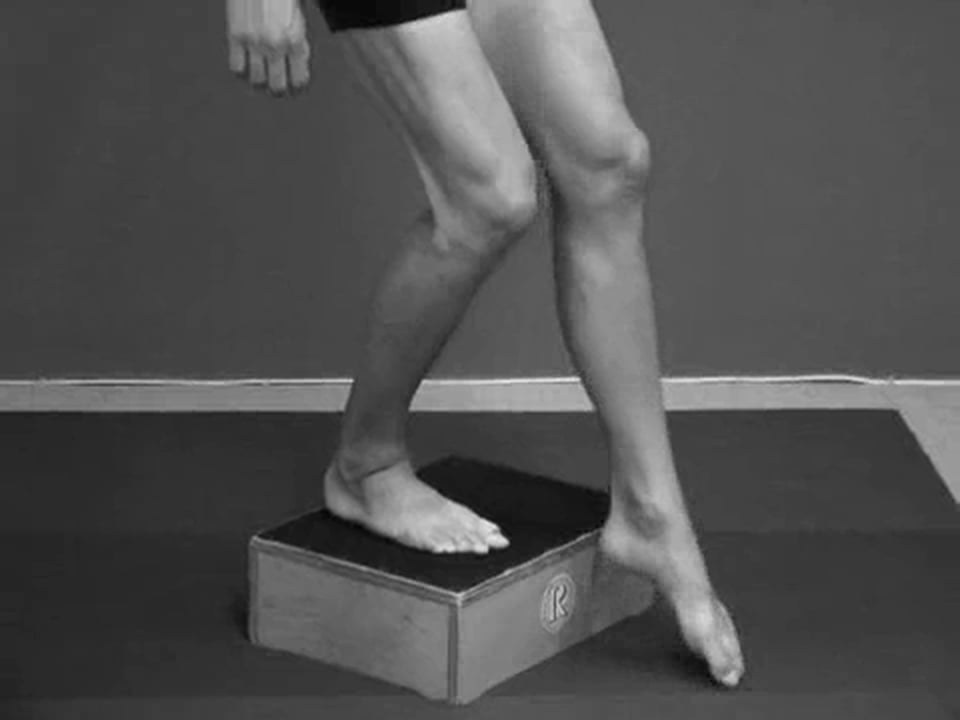S/P Carticel Procedure
 Symptoms
Symptoms- Pain in the knee
- Loss of ROM in the knee
- Clicking or locking in the knee
- Weakness in the affected lower extremity
 Causes
Causes- Articular cartilage lesion
 Treatment
Treatment- Period of immobilization- knee locked in extension brace
- Period of non-weight bearing
- Passive ROM, progress to active ROM
- Quadriceps muscle activation
- Non-weight bearing lower extremity strengthening, progress to weight bearing lower extremity strengthening
- Gait program
- Crutch Walking
- Passive Knee Extension
- Patella Mobilization
- Ankle Pumps
- Quad Sets
- Straight Leg Raise
- Clams
- Prone Glute Max Knees Bent
- Heel Slides
- Vmo Sets 30 60 90
- SP Carticel Procedure
- Weight Bearing Restrictions
- DVT Clot Instructions

- Step Overs
- Single Leg Wall Sit
- Straight Leg Bridge
- Lunge Matrix
- Stationary Bike
- Single Leg Speed Skater
- Adductor Straddle
- Lotus
- Passive Knee Flexion
- Passive Knee Extension
- Gait II
- Step Overs
- Lunge Matrix
- Speed Skaters
- Single Leg Sit Up Squat
- 3-Dot Squat 2 Hands
- Single Leg Lateral Box Jump
- Single Leg Hop On Dina Disc
- Single Leg Tuck Jump



